Athletes constantly look for new ways to improve their performance. Traditional training methods are often paired with unconventional techniques to reach peak potential. These methods enhance various aspects like strength, agility, and mental focus. Here are some of the unconventional ways athletes push their limits.
Altitude Training Masks
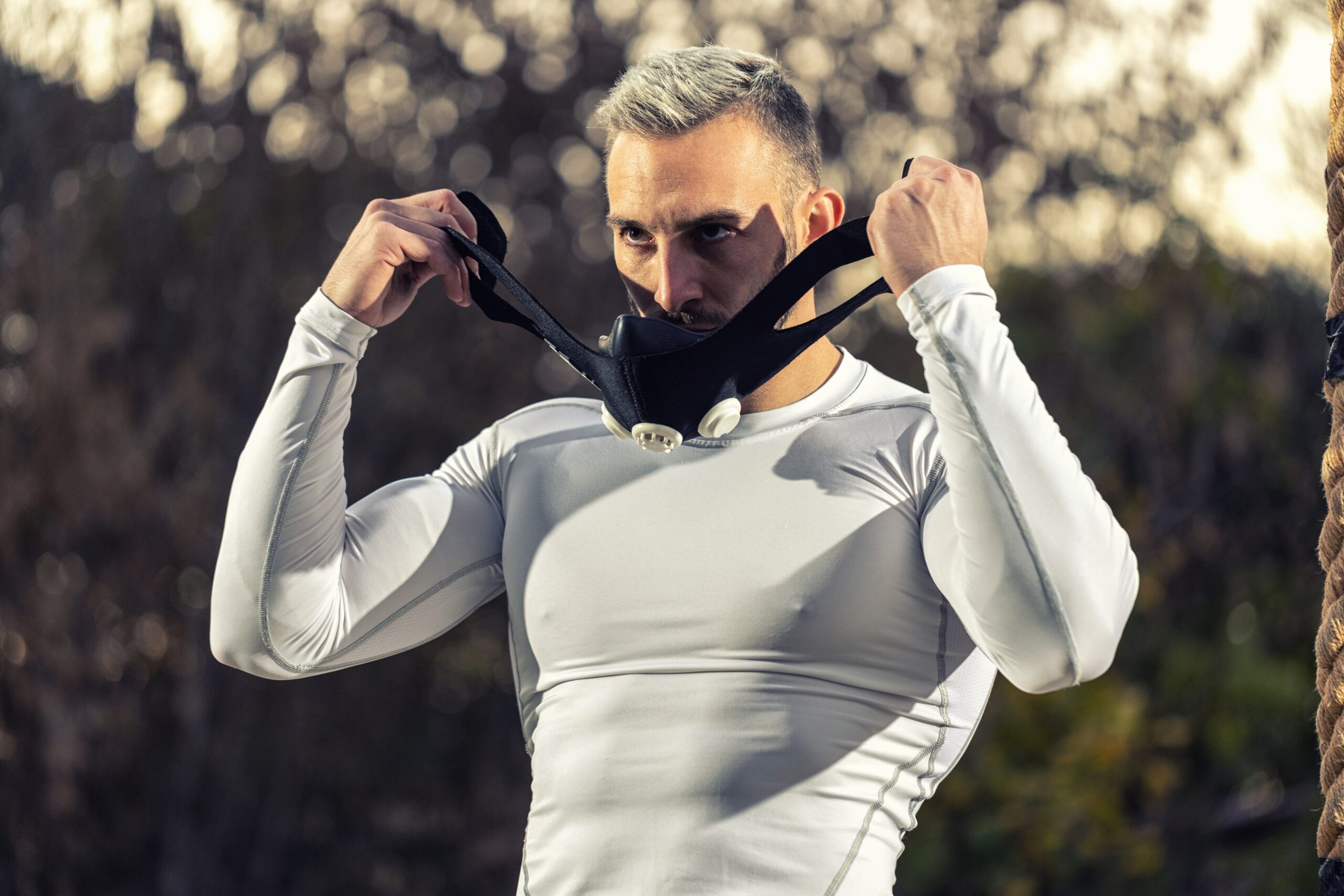
Altitude training masks simulate high-altitude environments by restricting airflow. This makes breathing more difficult, forcing the body to adapt by increasing lung capacity and oxygen efficiency. Athletes wear these masks during their workouts to boost stamina and endurance. The limited oxygen forces the body to produce more red blood cells, enhancing overall performance. These masks offer a convenient way to simulate mountain training without the need to travel.
Cryotherapy Recovery
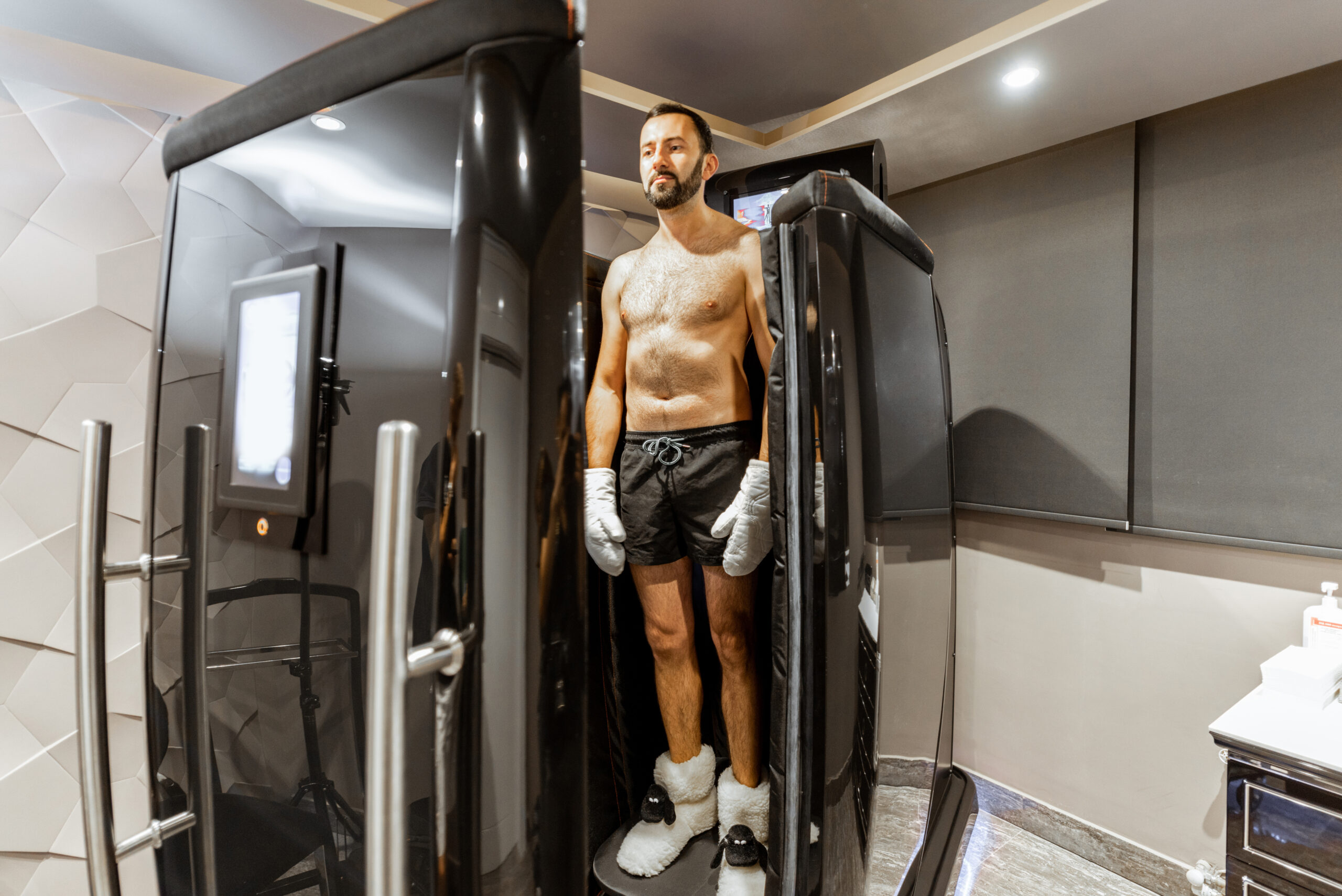
Cryotherapy involves exposing the body to extremely cold temperatures for short periods. It helps reduce inflammation, decrease muscle soreness, and speed up recovery. Athletes step into cryo chambers where temperatures drop to as low as -200°F. The cold triggers a natural response, promoting blood circulation and releasing endorphins. This method is popular for its quick recovery benefits and is used after intense training sessions or competitions.
Visualization and Mental Rehearsals
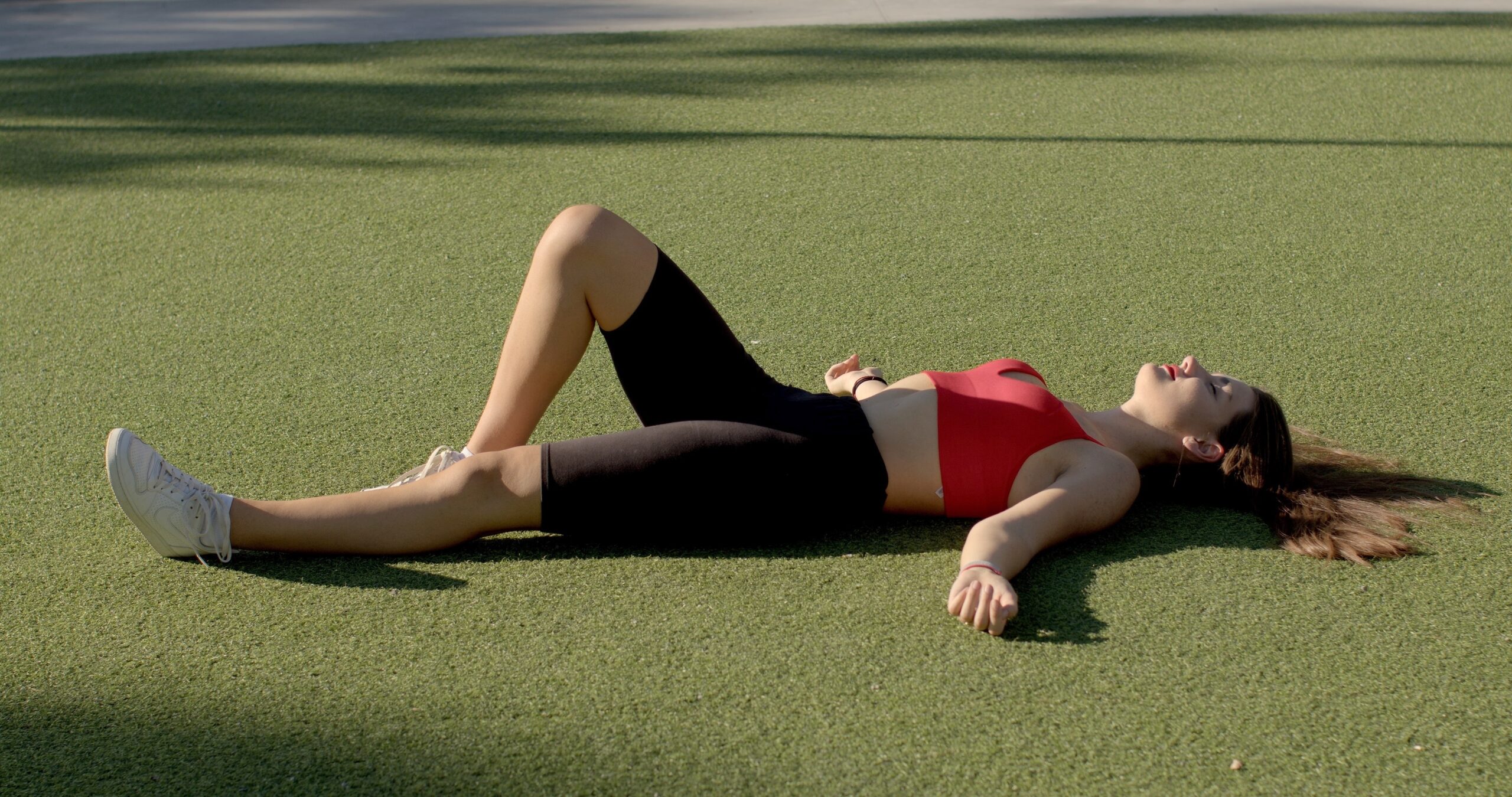
Athletes use visualization to mentally rehearse their moves before physically performing them. By picturing success, they train their minds to react quickly in high-pressure situations. This technique strengthens focus and helps improve overall performance. Visualization creates neural patterns in the brain, similar to those developed through physical practice. It’s a powerful tool that enhances mental readiness and confidence.
Underwater Running
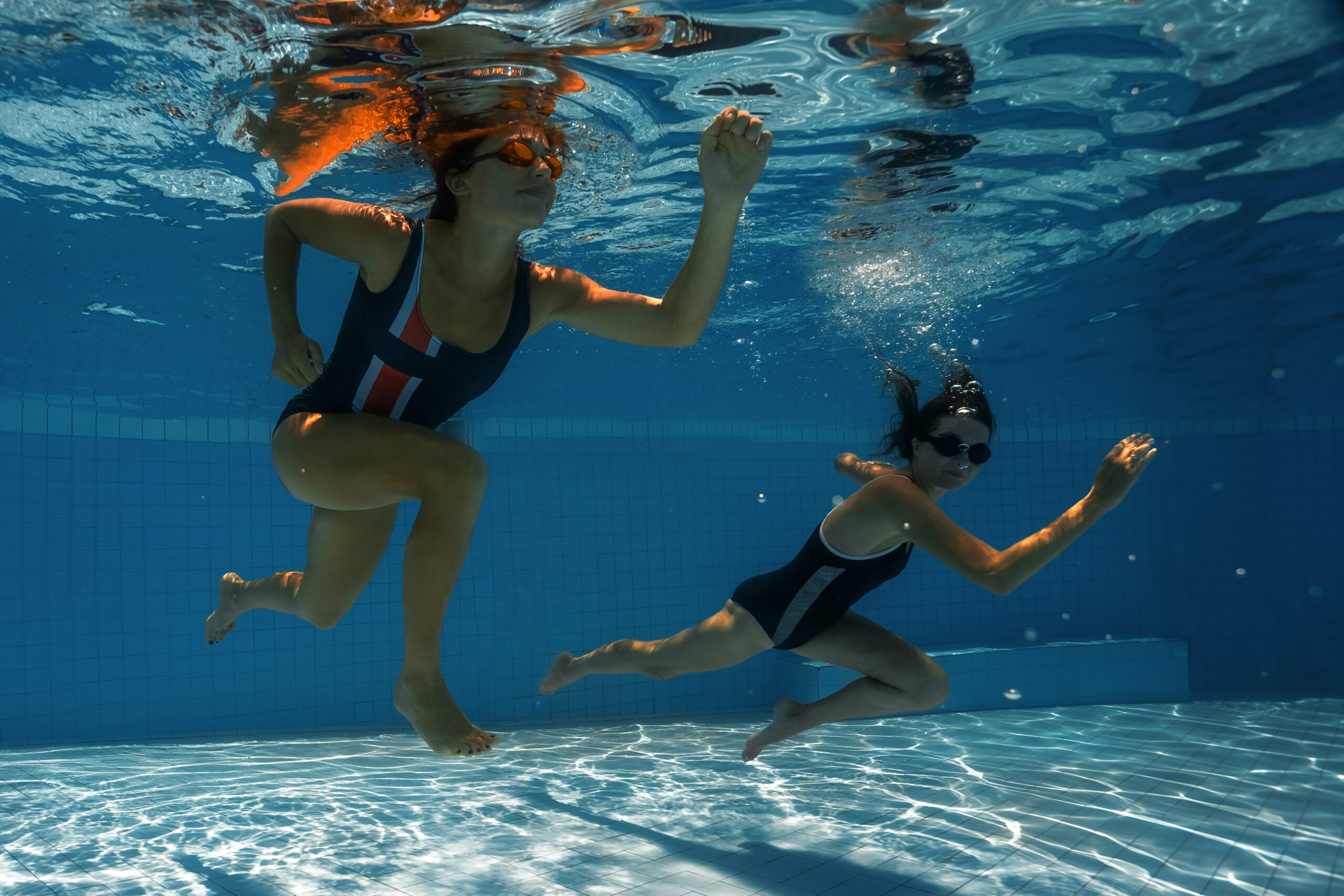
Underwater running is a low-impact training method that builds endurance and strength. Athletes perform sprints or long-distance runs in pools to minimize stress on their joints. The water’s resistance adds an extra challenge while keeping the movement smooth and fluid. This training helps strengthen muscles without the risk of injury. It’s an effective way to boost cardiovascular health and recovery simultaneously.
Rock Climbing for Agility
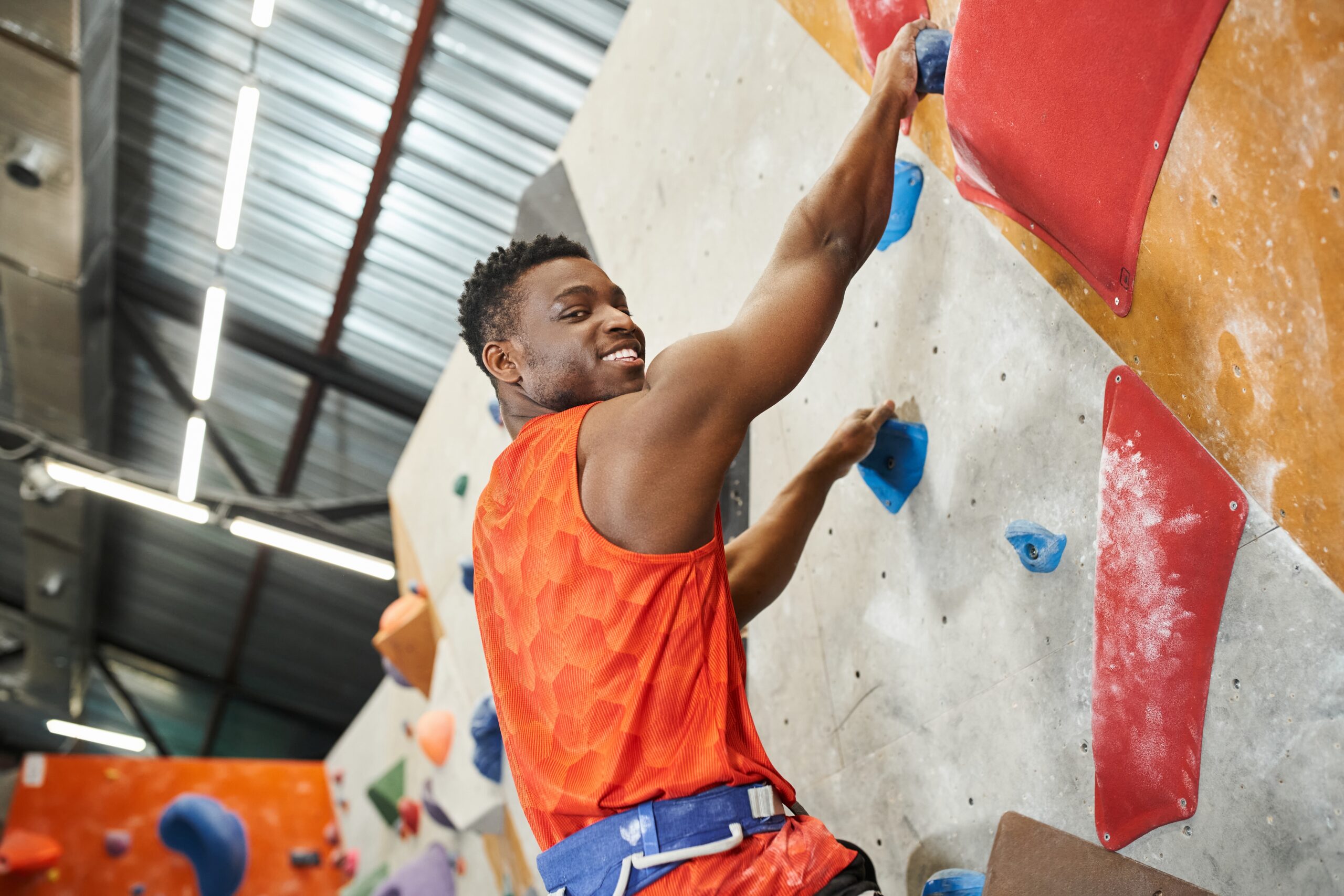
Rock climbing is more than just a sport; it’s a full-body workout that sharpens agility and coordination. Athletes use climbing to develop core strength, grip, and balance. The unpredictable nature of climbing requires quick decision-making and enhances reflexes. Each climb challenges different muscle groups, creating a well-rounded fitness routine. It’s also an excellent way to improve mental focus and resilience under pressure.
Dance for Flexibility and Balance
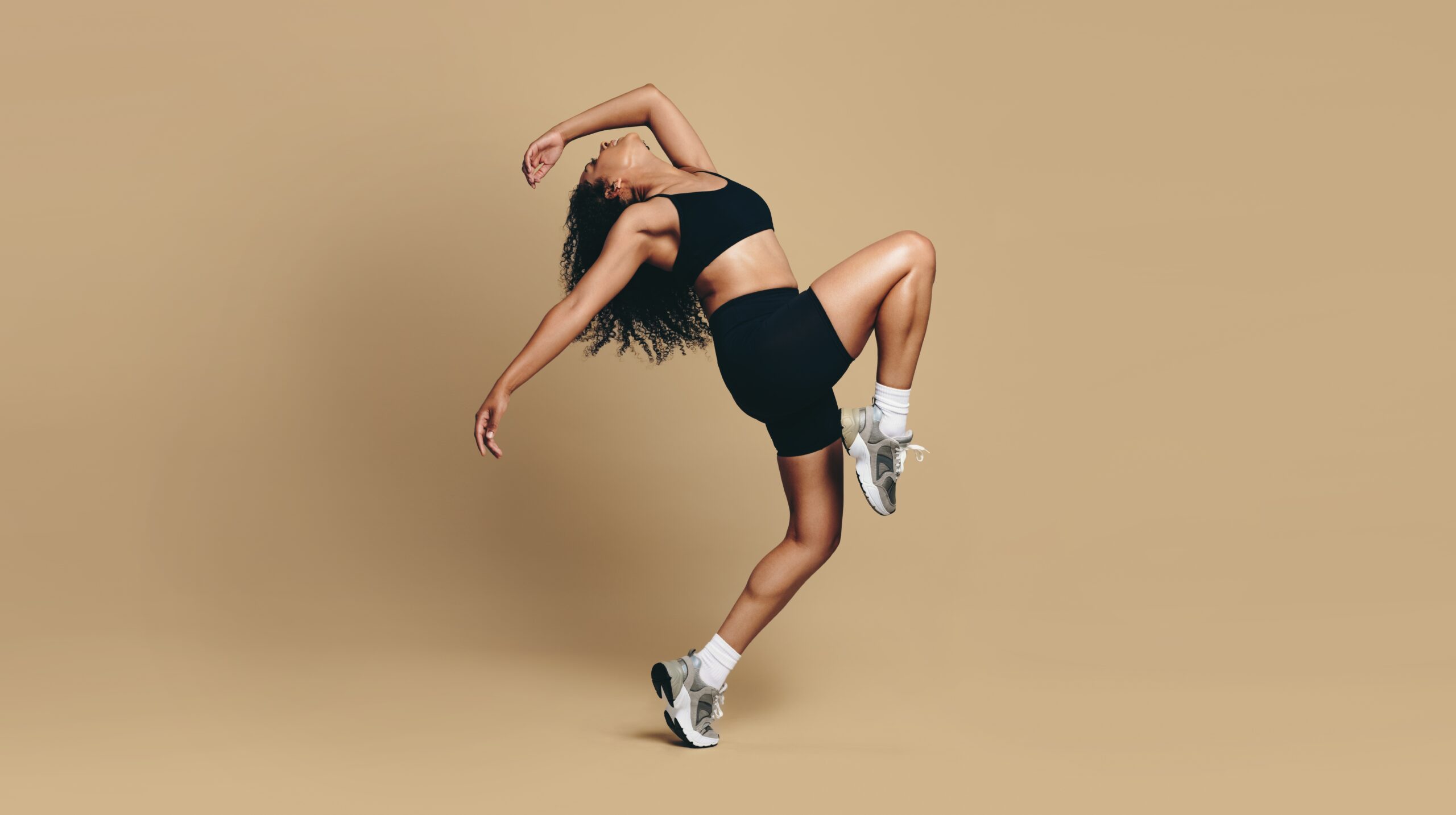
Dance offers athletes a fun yet intense way to improve flexibility and balance. Different dance styles challenge various muscle groups and enhance body coordination. The dynamic movements help strengthen joints and improve mobility, which is crucial for injury prevention. Athletes often incorporate dance into their training to keep workouts fresh and engaging. It’s a creative way to maintain physical and mental sharpness.
Virtual Reality Training

Virtual reality (VR) offers a new frontier in athletic training, simulating real-world scenarios without the physical strain. Athletes use VR to practice techniques, visualize game plays, or improve reflexes in a controlled environment. This method allows athletes to replay situations and perfect their skills without risking injury. It’s especially useful for improving mental agility and tactical awareness in sports like football or basketball.
Slacklining for Core Stability
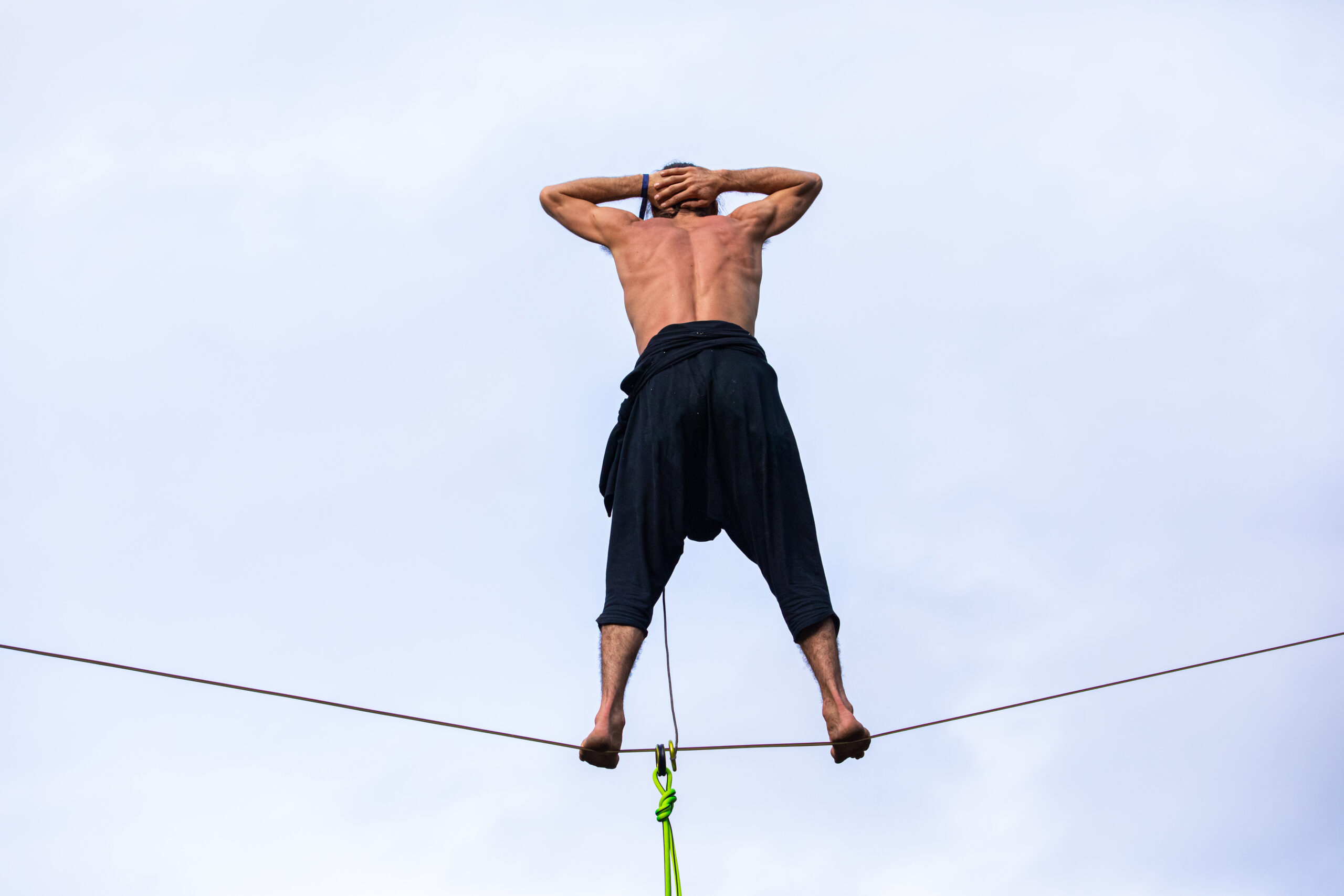
Slacklining involves balancing on a narrow, flexible line suspended between two points. This practice demands core strength, balance, and focus. Athletes use slacklining to improve stability and body control, essential for many sports. The instability of the line forces constant adjustments, strengthening the core and lower body muscles. It’s a fun yet challenging way to enhance physical coordination and mental focus.
Yoga and Breathwork Techniques
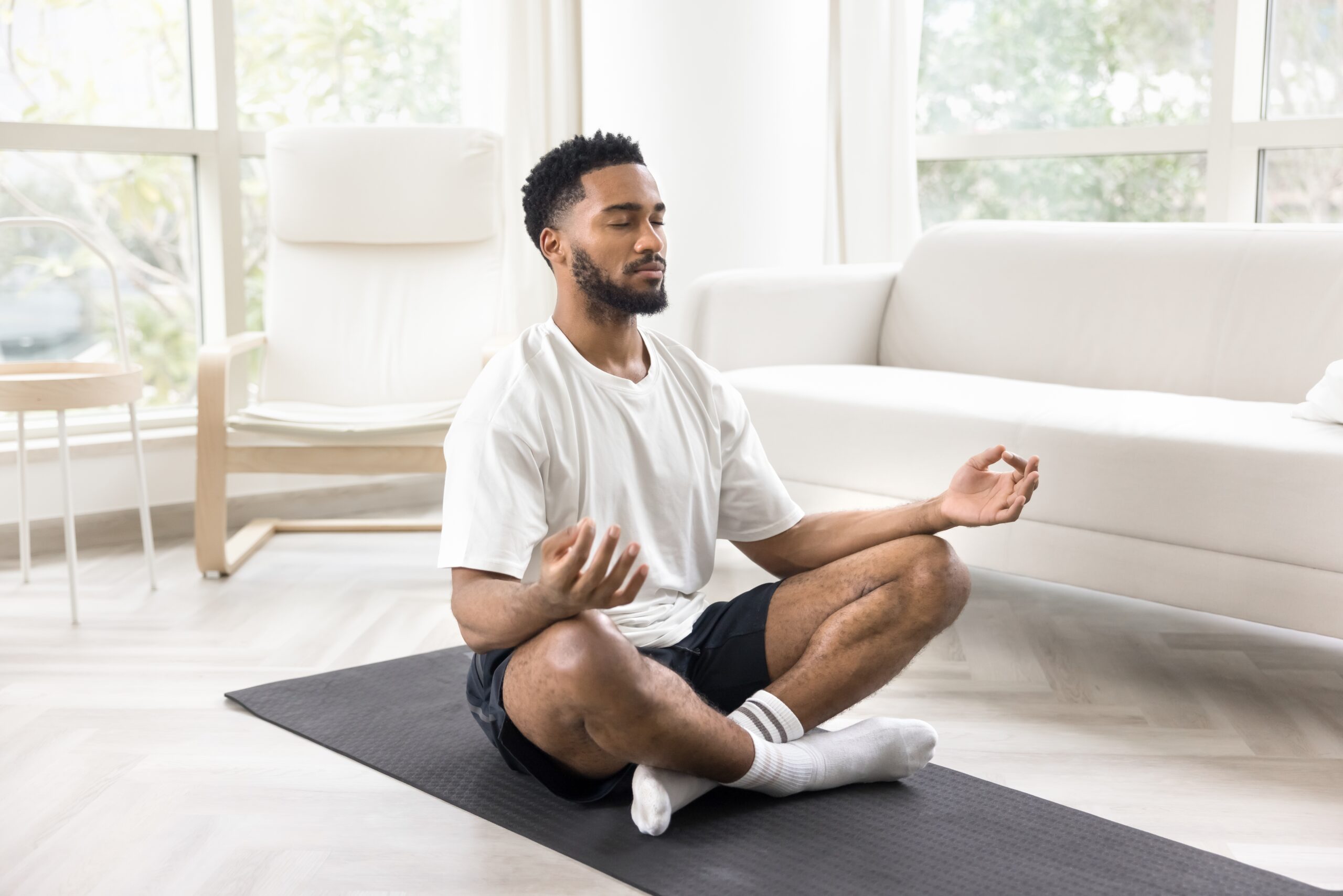
Yoga combines strength, flexibility, and mental focus in one practice. Athletes use yoga to improve mobility, reduce stress, and enhance their breathing techniques. Breathwork, in particular, helps improve lung capacity and oxygen flow. This combination boosts both physical endurance and mental clarity. Yoga also promotes faster recovery by reducing muscle stiffness and enhancing circulation.
Acupuncture for Muscle Recovery

Acupuncture uses thin needles to stimulate specific points on the body. This technique helps reduce muscle tension, alleviate pain, and speed up recovery. Many athletes rely on acupuncture to manage soreness after intense training. It improves blood flow and triggers the body’s natural healing processes. Athletes find this method effective for maintaining muscle health and preventing injuries.
Surfing for Dynamic Balance
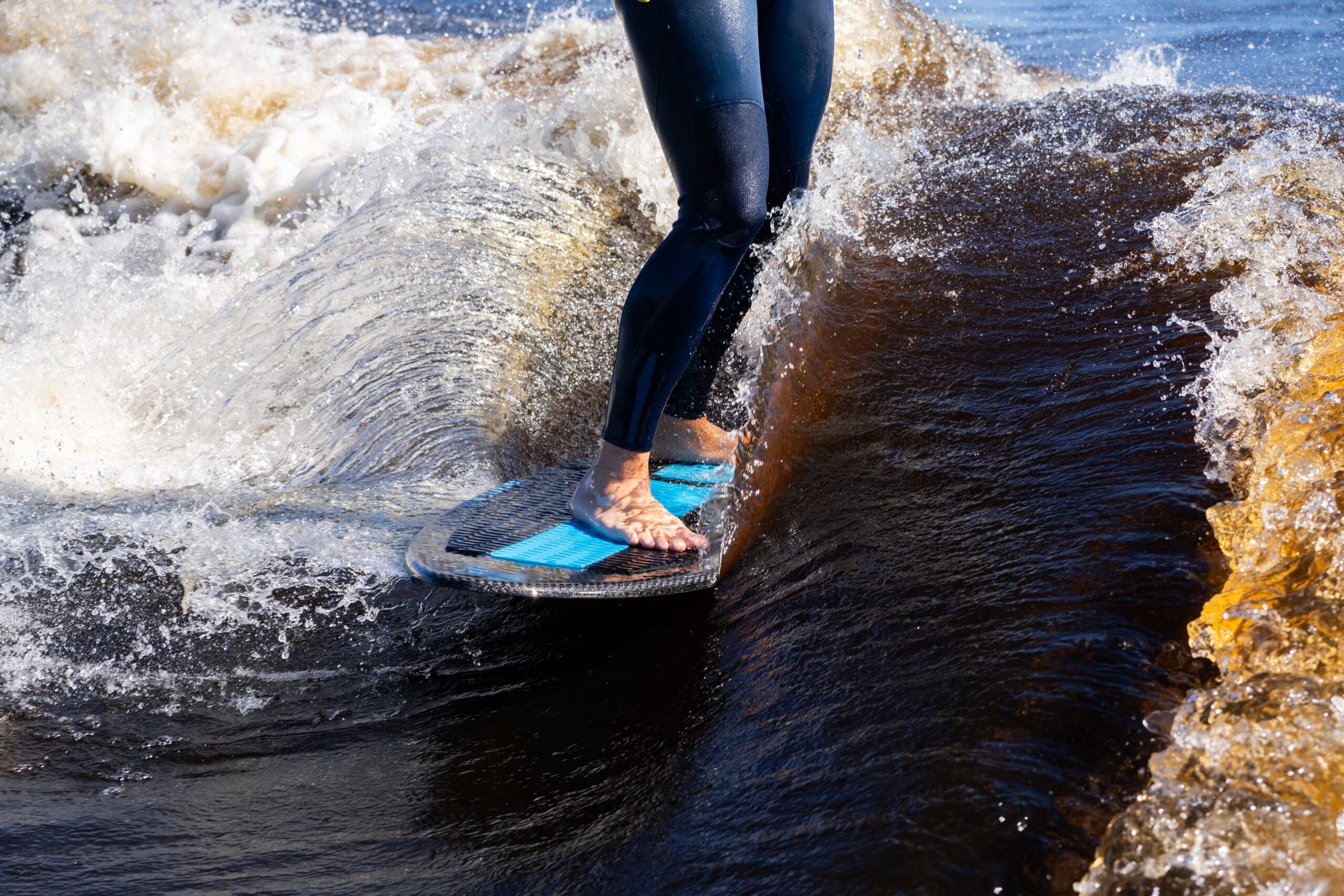
Surfing isn’t just a water sport; it’s a full-body workout that sharpens balance. The dynamic nature of surfing challenges an athlete’s coordination and stability. Balancing on moving water strengthens core muscles and improves reflexes. Surfing also boosts endurance as athletes constantly paddle against the waves. It’s a fun way to combine cardio and balance training in one session.
Boxing for Cardio and Hand-Eye Coordination
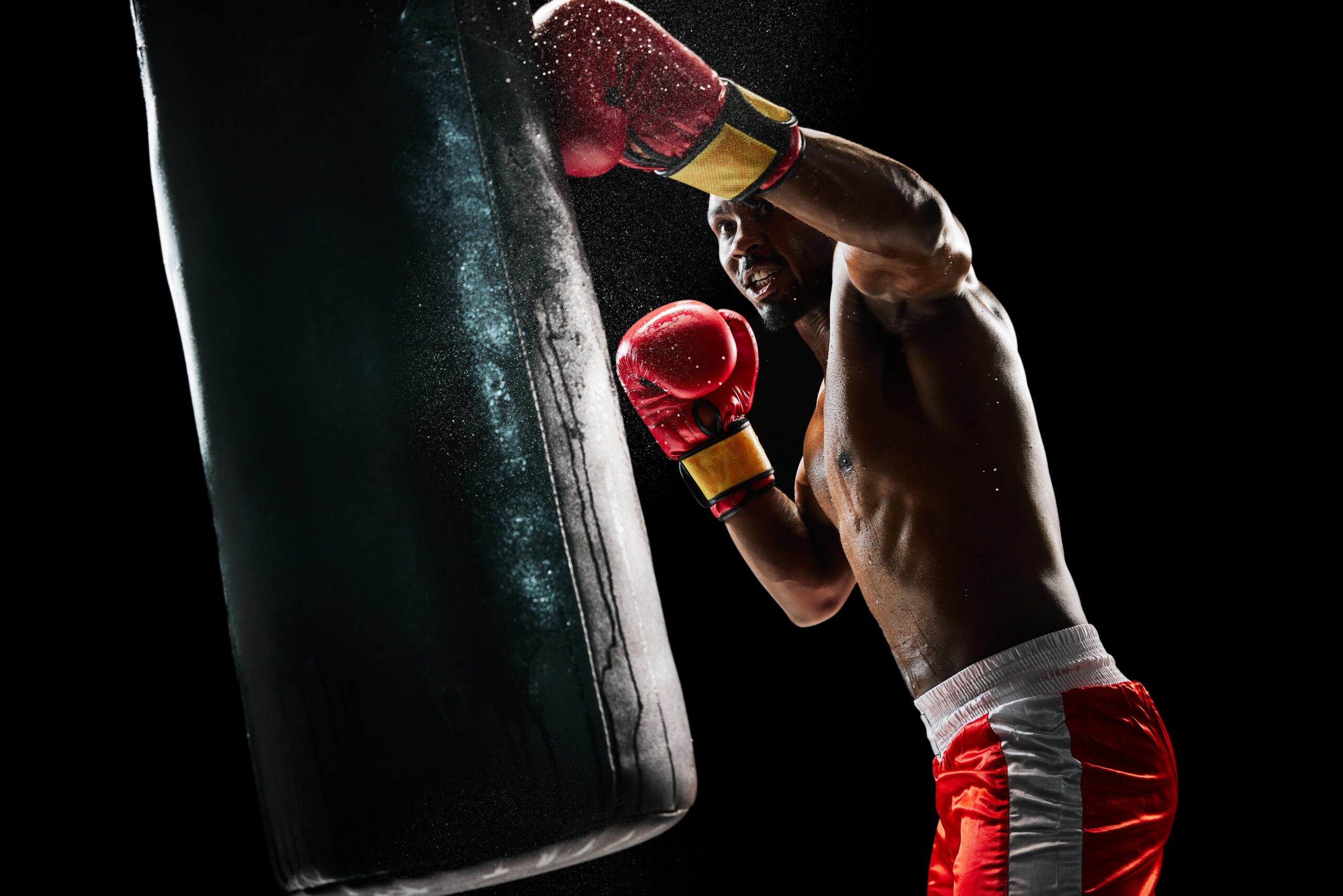
Boxing is a powerful cardio workout that sharpens hand-eye coordination. Athletes use boxing to build stamina, improve reflexes, and enhance overall fitness. The fast-paced movements require quick reactions and precise timing. Boxing also strengthens core muscles and promotes full-body conditioning. It’s a high-intensity training method that benefits both the mind and body.
Weighted Vest Training
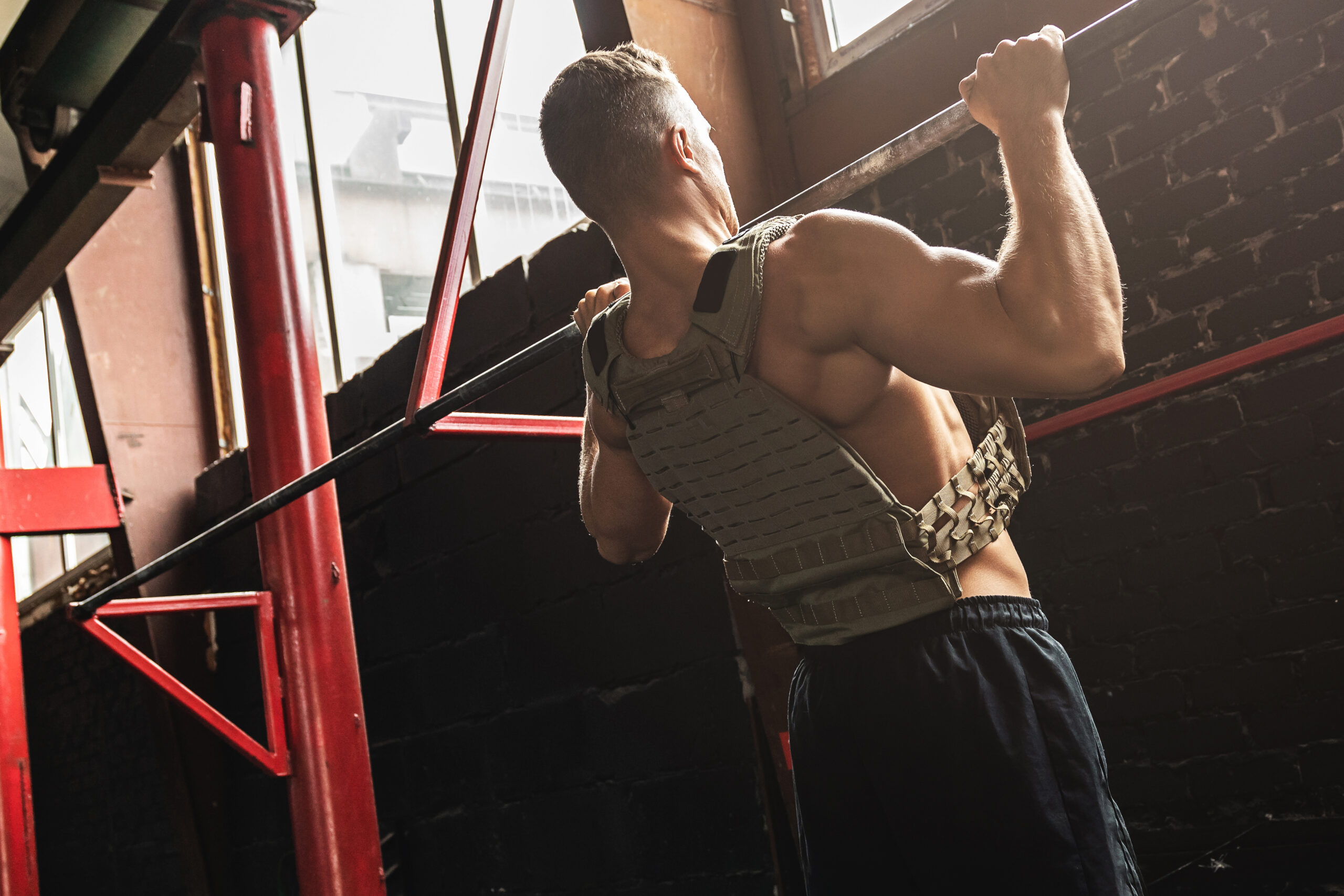
Wearing a weighted vest during workouts adds extra resistance to basic exercises. This increases the intensity of movements like running, jumping, or even push-ups. Athletes use weighted vests to build strength and endurance more efficiently. The added weight forces muscles to work harder, boosting overall power. It’s a simple yet effective way to level up any training routine.
Sensory Deprivation Float Tanks
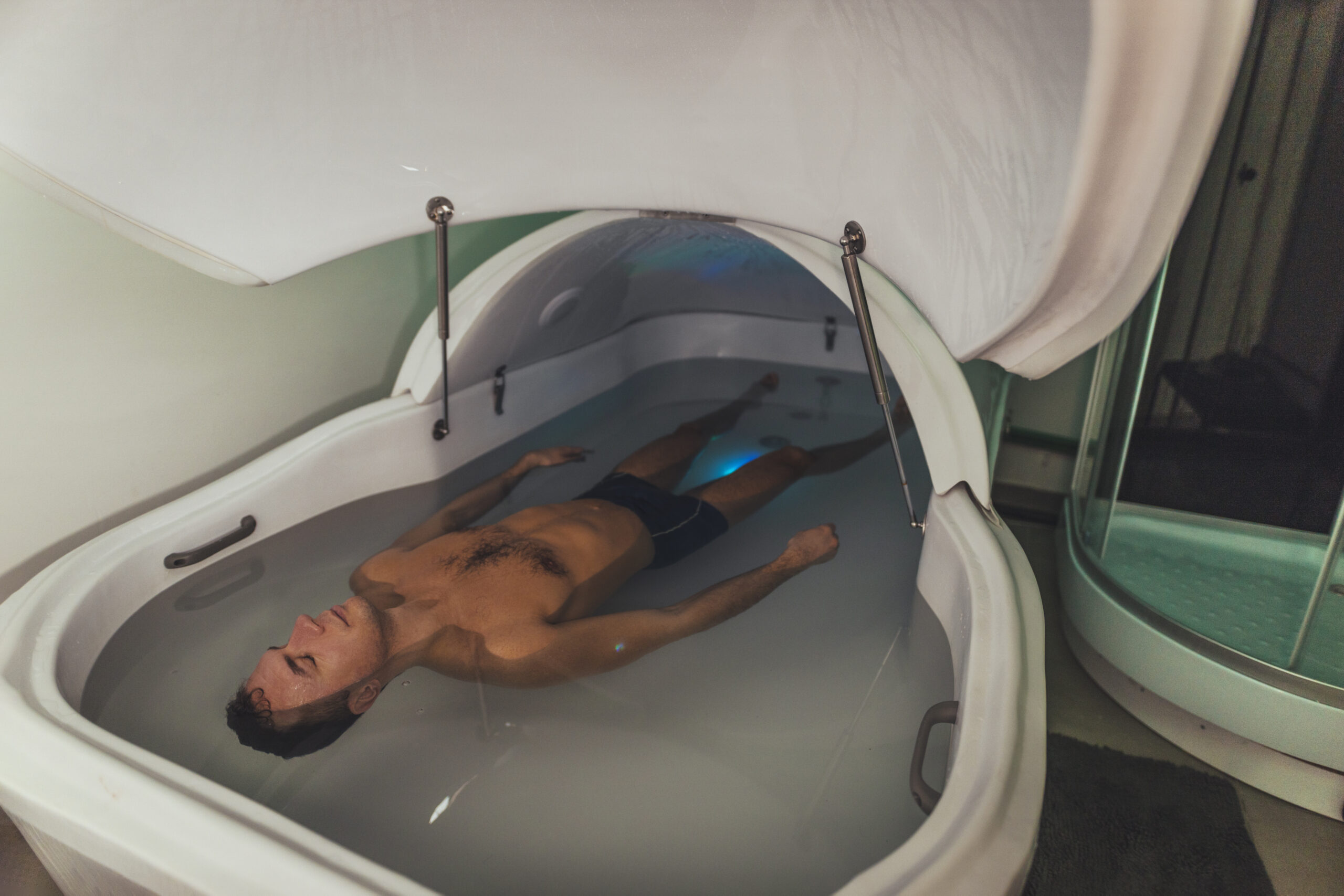
Sensory deprivation tanks, also known as float tanks, offer athletes a unique way to relax and recover. These tanks are filled with water and Epsom salts, allowing the body to float effortlessly. The absence of external stimuli helps the mind and body relax deeply. Athletes use float tanks to reduce stress, recover muscles, and improve mental clarity. This method enhances focus while promoting faster physical recovery.
This article originally appeared on Rarest.org.
More from Rarest.org
1978 Kennedy Half Dollar Value Guide

The 1978 Kennedy half dollar is made of 75% copper and 25% nickel. The core of the coin is made of pure copper while its surface is clad with a mixture of nickel and copper. Read More.
16 Native Species Threatened by Human Activity

Human activity is rapidly impacting wildlife across the globe, pushing many native species to the brink of extinction. Read More.
21 Fascinating Insects That Play an Important Role in Ecosystems

Insects are some of the most vital organisms in ecosystems around the world. Though small, they impact everything from pollination to decomposing organic matter. Read More.
